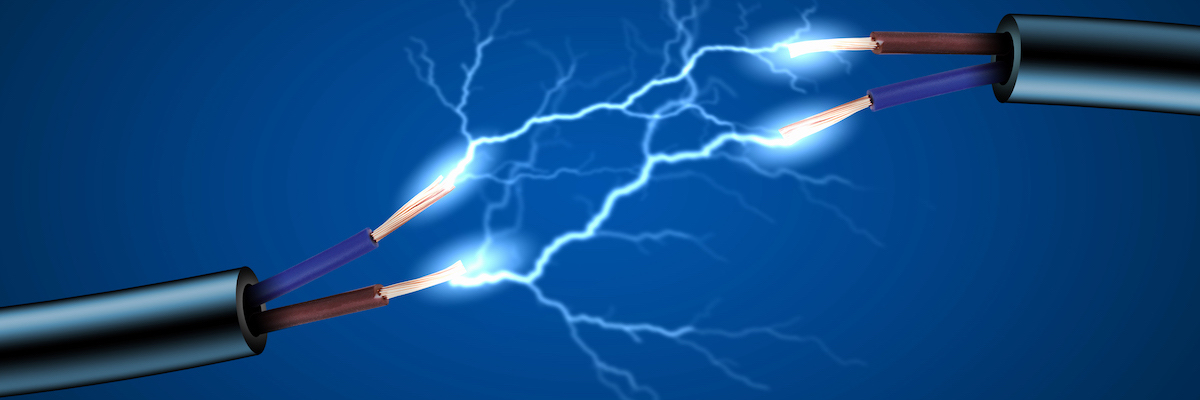What is a Volt?

Volts, or voltage, are an important component of any lighting or electrical project. But what is a volt and why is it important? A volt is used to determine the electrical capacity of a circuit to maintain a steady current flow of power throughout your electrical project, but that’s just the start of why volts are essential to getting seamless connectivity. Learn more about voltage and why it matters with the electrical experts at Gateway Cable Company today!
What is the Volt Definition
So, what is a volt? The scientific volt definition states that it is the “standard unit of potential difference and electromotive force in the International System of Units.” This means that one volt is used to measure the difference of electric potential between two electrical points with a conductor carrying a constant current of one ampere and when the power resistance between these points is one watt. Voltage is often labeled as (V) and is essentially the amount of force pushing charged electrons through your circuit. For instance, you’ll notice that if you use a 240V light bulb with a 12V battery, the light will not work.
How Does Voltage Work?
Now that we know the Volt definition, there are many useful analog or digital multimeters available that can read the correct voltage for your electrical circuit. In addition, it’s important to know how voltage works. To achieve a higher current flow to your circuit, a positive potential is placed at one end of a conductor that attracts a large number of negative charges. This is similar to how many homes will have water pumps placed up high to keep steady water pressure throughout the pipes.
How Do I Measure a Volt?
Looking for answers to the question, “How do I measure voltage?” Gateway Cable Company is here to help. While the process of measuring voltage isn’t too complicated once you know what’s involved, there are a few important things to keep in mind:
- Tools Required to Measure a Volt: A voltmeter is what’s typically used to measure electrical voltage. Voltmeters are available in analog and digital configurations today.
- How to Measure Voltage With a Voltmeter: Connect the voltmeter in parallel with the part of the electrical circuit being measured.
- Measuring Voltage in a Single vs. Multiple Points in a Circuit: Voltmeters are often used to measure the voltage drop across a single component or supply but you can also measure the sum of voltage drops across two or more points or in an electrical circuit.
Learn More About the Volt Definition at Gateway Cable Company
Now that you know more about the volt definition, you can also learn more about your next electrical project or the ins and outs of MPNs, as Gateway Cable Company will break down volts vs. amps, explain continuous duty solenoids, and answer any other of your electrical questions or needs.
When you need the parts for your next project, we have a great selection of connectors, adaptors, adapter plates, and cables to get the job done right. And, if you don’t see a particular part you need, you can request a quote online, and we’ll have it in stock for you! Contact us today for information on what a volt is, and speak with one of our electrical professionals!
